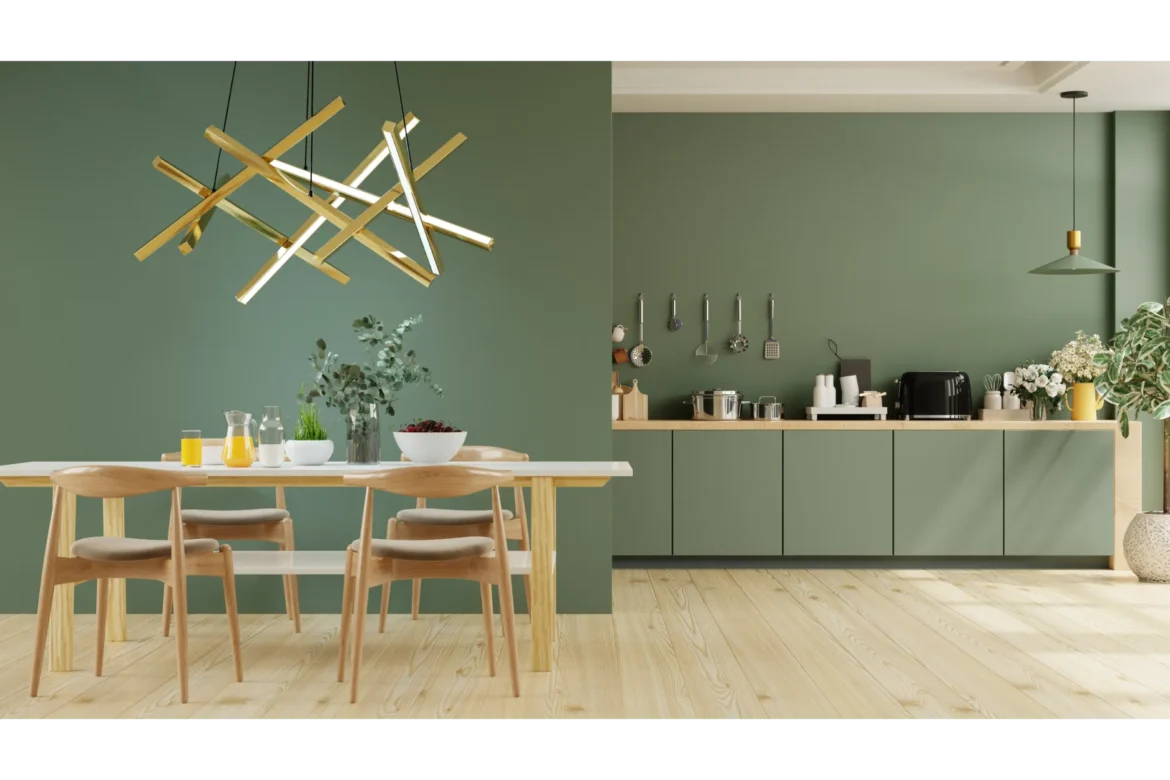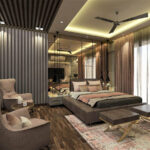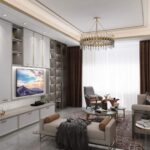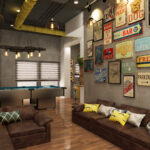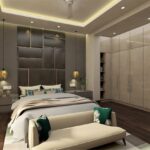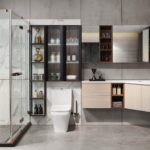Complete Guide to Multi-Sensory Interior Design: 5 Tips To Engage Every Sense
Overview
Dive into the world of multi-sensory interior design – a symphony of sights, sounds, and scents crafting blissful living spaces.
Design goes beyond appearances and touch sensations. It's about orchestrating an experience that reaches into the core of our being, surpassing the visual alone.
Welcome to the domain of Multisensory Environments in Interior Design – a paradigm shift from the conventional focus on aesthetics. Let’s navigate through this transformative odyssey and uncover why it’s reshaping the terrain of interior design. Multisensory environments in interior design denote deliberately crafted spaces designed to captivate not only our sight but also our other senses – touch, sound, smell, and even taste.
But, Why move away from a solely visual emphasis? The key lies in the deep influence our senses exert on our emotions, state of well-being, and the overall encounter within a given space. Imagine entering a room with soft, warm lighting, a plush rug underfoot, and a subtle fragrance in the air. It’s more than a room; it’s an immersive experience evoking feelings of comfort and tranquility.
By integrating multiple senses into interior design, we transcend spaces beyond the ordinary, creating memorable experiences. A well-designed living room isn’t just visually appealing; it beckons you to sink into a comfortable sofa, relish the soft glow of ambient lighting, and savor the subtle aroma of scented candles. It’s an invitation to indulge all your senses and forge a deeper connection with the environment.
The journey from purely visual design to multisensory experiences is more than a passing trend; it’s a transformative evolution. Traditional interior design approaches often overlook the potential of engaging other senses, fixating on visual allure. However, with the broadening scope of our knowledge in psychology, neuroscience, and well-being, designers are adopting a more comprehensive strategy.
Consider the upswing in ergonomic furniture, the incorporation of intelligent home technologies, and the growing emphasis on environmentally sustainable and eco-friendly materials. These are all facets of the shift towards multisensory design. Homeowners and interior design professionals alike recognize the potency of a well-curated multisensory experience – one that transcends the surface and resonates with the essence of what makes a space genuinely livable.
The Visual Aspect: Crafting Emotions Through Colors And Lighting
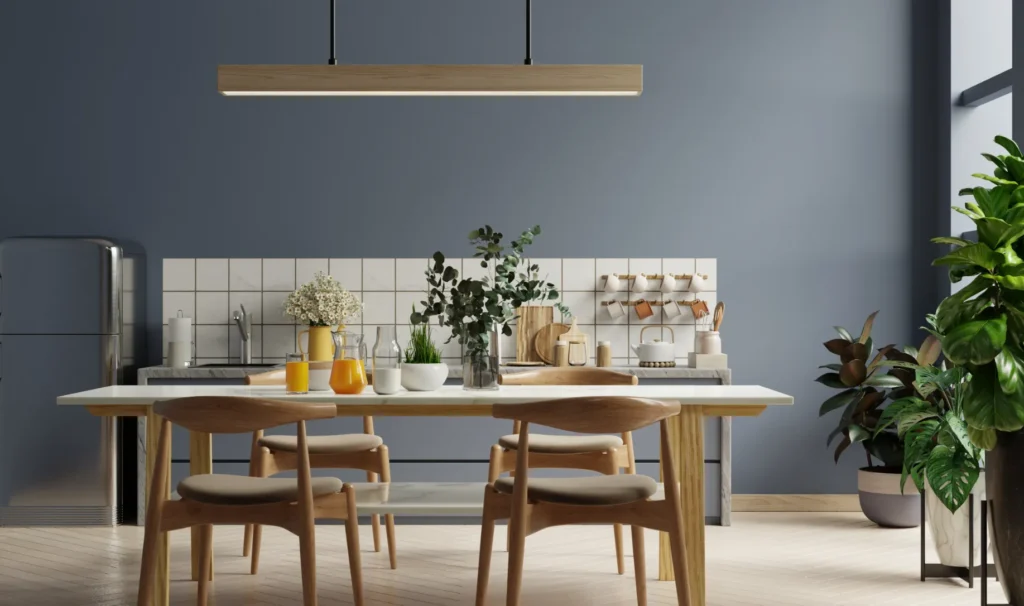
Within interior design, the visual element serves as a powerful tool, shaping our emotions and influencing our overall experience within a space. Let’s delve into the intricate world of color psychology and innovative lighting design, unraveling how they contribute to the immersive charm of Multisensory Environments.
Color Psychology In Multisensory Environments
Colors are more than a visual feast; they hold the key to unlocking emotions and setting the mood within a room. The impact of colors on our psyche is a fascinating exploration, as hues can evoke a myriad of emotions. In the palette of interior design, understanding color psychology is akin to wielding a magic wand that transforms spaces into emotionally charged sanctuaries.
Impact of Colors on Mood and Emotions
Consider the calming effect of soft blues and greens in a bedroom, promoting tranquility and relaxation. On the flip side, vibrant reds and yellows in a kitchen can energize and stimulate conversations. It’s not simply a matter of applying paint to walls; it involves orchestrating a symphony of emotions. For instance, a cozy living room bathed in warm earth tones can create a sense of comfort and homeliness. On the contrary, a workspace adorned with invigorating shades like greens or blues can enhance focus and productivity.
Creating Harmonious Color Schemes
Harmonizing colors is an art form in itself. Interior Designers carefully select and blend colors to create a cohesive and emotionally resonant environment. The goal is to strike a balance, ensuring that the chosen color palette complements the intended atmosphere. Think about a spa retreat where soft blues and muted greens seamlessly blend, offering a serene and rejuvenating escape. Such deliberate color schemes elevate the overall experience, turning a room into a canvas of emotions.
Lighting Design For Multisensory Appeal
Beyond colors, lighting design takes center stage in creating a multisensory masterpiece. It’s not just about banishing darkness; it’s about sculpting the atmosphere, guiding emotions, and enhancing the overall sensory experience.
Natural Light Integration
The beauty of natural light is unparalleled. It illuminates not just to provide light but also alters the way we perceive a space. Large windows, skylights, and strategically placed mirrors can amplify natural light, bringing a refreshing and dynamic quality to interiors. Consider a sunlit reading nook, where the play of natural light creates a cozy and inviting ambiance. Harnessing daylight not only conserves energy but also fosters a connection with the external environment, enriching the sensory experience.
Innovative Artificial Lighting Solutions
As the sun sets, artificial lighting takes the reins. Here, innovation is the key to crafting a multisensory appeal. Imagine a living room adorned with adjustable LED lights that mimic the warm hues of sunset, creating a gradual transition into the evening. Pendant lights, track lighting, and smart bulbs that allow for color temperature adjustments are tools in the designer’s arsenal. These not only provide functional illumination but also contribute to the emotional tone of a room.
The Tactile Journey: Enhancing Comfort And Sustainability In Interior Design
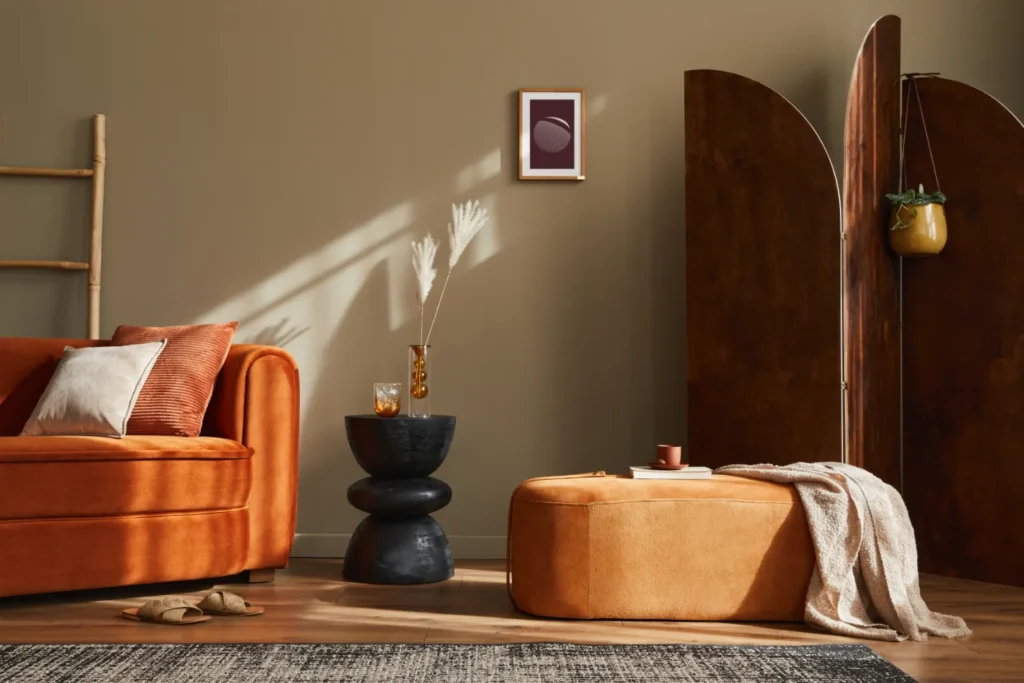
As we embark on the tactile expedition within the realm of interior design, each texture, material, and furniture piece contributes to a captivating narrative. The goal is to craft spaces that not only captivate the eye but entice you to explore through touch, creating a rich and immersive experience. Join us as we navigate through the textures, materials, and furniture elements, unraveling their role in creating a lush and tactile engagement within our living spaces.
Texture And Material Selection
Incorporating Diverse Textures for a Luxurious Experience
The interior design transforms into a sensory masterpiece, with textures serving as poetic verses that add layers of depth. Thoughtfully integrating various textures turns a room from a mere visual spectacle into a haven for tactile exploration. Envision a living room adorned with a velvety plush sofa paired with a rugged, tactile rug. The interplay of these textures isn’t just visually intriguing; it extends an invitation to touch, creating a symphony of sensations. From the smooth elegance of marble countertops to the rugged charm of wooden accents, the intermingling of textures sparks a sensory dialogue that resonates with the inhabitants, transforming a space into a tactile journey where every surface narrates a story.
Sustainable and Eco-Friendly Material Choices
In this era of conscientious living, material selection transcends aesthetics. Interior Designers are increasingly embracing sustainable and eco-friendly materials, intending not only to enhance the tactile experience but also to contribute to a planet-conscious ethos. Consider furnishings crafted from reclaimed wood or recycled materials, providing a tactile link to nature while minimizing environmental impact. Take, for example, bamboo flooring, introducing a distinctive texture while aligning with sustainable practices – a choice that appeals to both sensory pleasure and environmental mindfulness.
Furniture And Upholstery
Ergonomics and Comfort in Interior Design
Furniture surpasses mere functionality; it acts as a tactile sanctuary, beckoning us to unwind and relax. In the domain of interior design, the spotlight shines on ergonomics, ensuring that each furniture piece is not just visually pleasing but also a source of delight through touch and use. Envision a meticulously designed ergonomic chair seamlessly blending with the aesthetic of a home office, providing optimal support during extended work hours. The tactile experience extends beyond the visual, offering a comforting touch and ensuring a seamless integration into the living space.
Interactive Furniture for Tactile Engagement
The future of interior design unfolds as an interactive narrative, and furniture takes center stage in this evolution. Envision a coffee table responsive to touch, altering its surface texture, or a sofa embedded with subtle vibrations that synchronize with ambient music. Interactive furniture introduces a new dimension to the tactile experience, urging engagement and exploration. Smart fabrics, equipped with embedded sensors, can adjust the surface softness or firmness based on user preferences. It’s a tactile dance between technology and design, creating furniture that not only serves a functional purpose but also invites users to actively shape their environment.
Auditory Elements: Crafting Harmonious Soundscapes In Interior Design
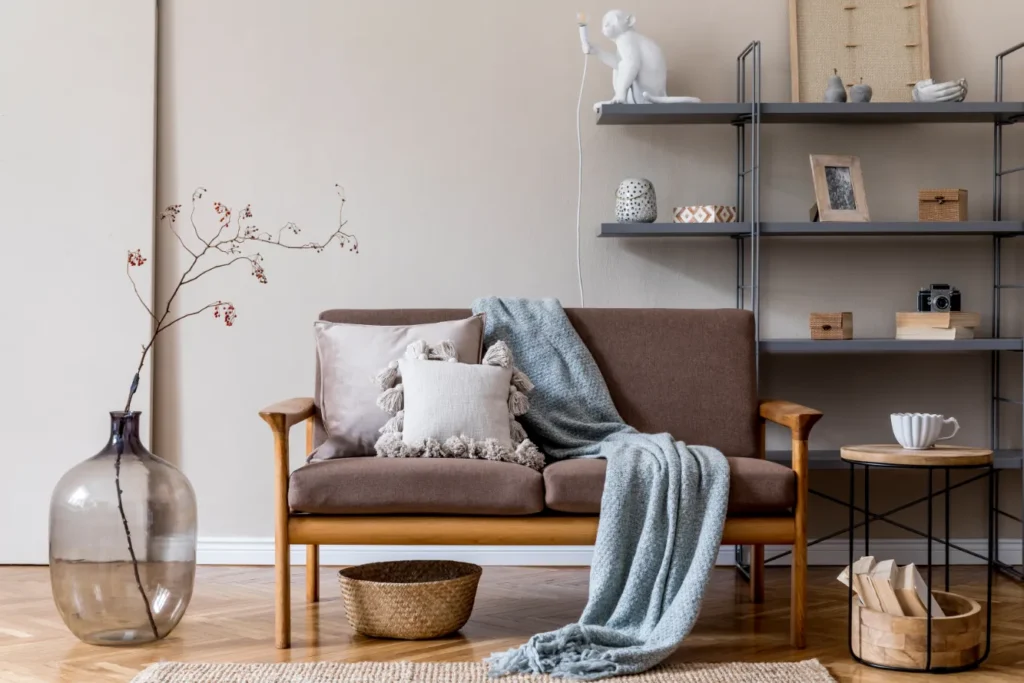
In the enchanting world of interior design, sound is a silent maestro, shaping our experience and adding depth to the spaces we inhabit. Let’s dive into the realm of auditory elements, exploring acoustic design principles and the infusion of smart home technology, as we embark on a journey to create harmonious soundscapes within our living spaces.
Acoustic Interior Design Principles
Managing Sound Reflection and Absorption
Acoustic design is akin to creating a musical score for a room, where managing sound reflection and absorption takes center stage. Imagine a home theater – without the right balance, the sound could bounce off walls, creating a cacophony rather than a symphony. Conversely, a space overly muffled with heavy curtains might lose its vitality.
Designers employ clever solutions like acoustic panels strategically placed to strike the perfect equilibrium. Take a home office adorned with these panels – not only do they control noise, but they also bring a touch of contemporary elegance to the decor.
Integrating Soundscapes for a Holistic Experience
Moving beyond sound management, designers are now crafting soundscapes to enhance the overall sensory experience. Think of a bedroom with calming ocean waves or a kitchen with the gentle hum of nature. These thoughtfully curated soundscapes add a layer of tranquility to spaces, creating a seamless connection between sound and emotion.
Picture a living room where the gentle rustle of leaves complements a soft piano melody, transforming the space into a haven of relaxation. It’s about creating an auditory narrative that aligns with the purpose and mood of each room.
Smart Home Technology For Audio Enhancement
High-Quality Audio Systems
Enter the era of smart home technology revolutionizing how we experience audio. Premium audio systems go beyond mere volume; they aim to provide an immersive, crystal-clear experience. Envision a living space adorned with a cutting-edge surround sound system. The room becomes a private concert hall, with resonance and clarity elevating the auditory journey to new heights.
These audio systems seamlessly blend with the interior design, from sleek soundbars to concealed in-ceiling speakers, adding a touch of sophistication to the visual aesthetics.
Voice-Controlled Devices and Automation
Smart home technology takes audio enhancement a step further, introducing voice-controlled devices and automation. Imagine adjusting the music volume, changing tracks, or even setting the ambiance with a simple voice command. It’s not just about convenience; it’s about creating a futuristic atmosphere within our homes.
Envision a smart home where voice-controlled speakers allow you to curate dynamic soundscapes for different occasions. Whether it’s a lively gathering with friends or a quiet evening of relaxation, these technologies seamlessly integrate sound with the overall environment. Automation goes a step further, syncing audio elements with lighting and other factors, creating a truly immersive experience.
Olfactory And Gustatory Integration: Savoring Scent And Flavor In Interior Design
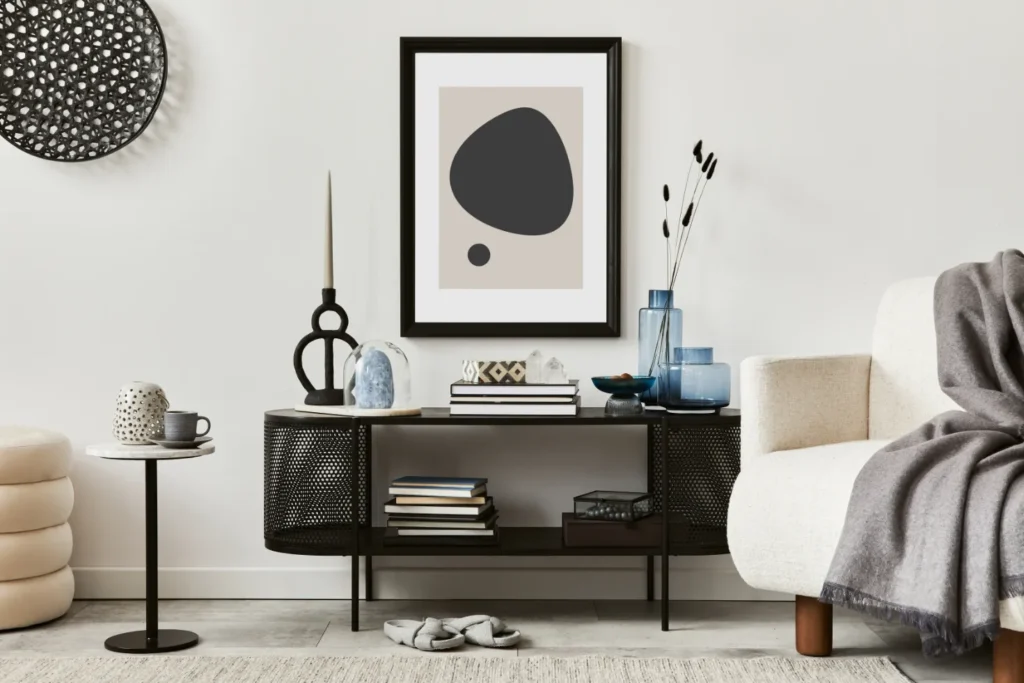
In the intricate tapestry of interior design, the senses of smell and taste weave an immersive experience, transforming living spaces into sensory havens. Let’s explore the integration of olfactory and gustatory elements, delving into the art of aromatherapy and the incorporation of taste through thoughtful design.
Aromatherapy In Interior Design
Scent Selection for Different Spaces
Aromatherapy is more than just pleasant fragrances; it’s a deliberate orchestration of scents to evoke specific moods and enhance well-being. In interior design, scent selection becomes a powerful tool, much like choosing a color palette. Consider a bedroom adorned with calming lavender for relaxation or a vibrant citrus infusion in a workspace for increased energy.
Designers strategically select scents based on the purpose of each space. Consider a bathroom infused with the invigorating scent of eucalyptus, transforming it into a spa-like sanctuary that promotes a feeling of freshness and rejuvenation. By tailoring scents to different areas, interior designers curate environments that resonate with the emotions intended for each space.
Benefits of Aromatic Environments
The benefits of aromatic environments extend beyond mere pleasantness. Aromas have the power to shape moods, alleviate stress, and even boost cognitive performance. Imagine a living room with the soothing aroma of vanilla, creating a warm and inviting atmosphere for relaxation and socialization.
Incorporating aromatic elements aligns with the principles of holistic living. Essential oils, diffusers, and scented candles become integral elements of interior design, enhancing the overall well-being of the inhabitants.
Incorporating Taste Through Design
Kitchen Design Trends
The kitchen, often considered the heart of the home, provides a unique opportunity to incorporate taste into design. Modern kitchen design trends go beyond functionality, embracing aesthetics that stimulate the appetite. Picture a kitchen adorned with earthy tones, natural textures, and open shelving showcasing herbs and spices.
Designers are integrating herb gardens into kitchen layouts, not just as culinary additions but also as aromatic enhancements. Fresh basil, rosemary, or mint not only elevate the visual appeal but also infuse the space with delightful scents, creating a multi-sensory culinary experience.
Creating Dining Experiences
Dining is not just about the flavors on the plate; it’s about the entire sensory journey. Interior designers are crafting dining experiences that engage both taste and other senses. Imagine a restaurant featuring an open kitchen, where the enticing aroma of sizzling dishes gracefully wafts through the dining area, elevating the entire ambiance.
In-home design, the dining room becomes a canvas for taste integration. Thoughtful table settings, ambient lighting, and even the choice of dining furniture contribute to the overall dining experience. A well-designed dining space stimulates the appetite, making every meal a moment of sensory delight.
Tips For Implementing Multisensory Design At Home

Here are practical tips for homeowners to infuse their living spaces with a symphony of sensory delights.
DIY Projects For Sensory Enhancement
Embark on do-it-yourself (DIY) projects to enhance the sensory experience of your home. Simple additions like soft, textured throw pillows or handmade scented sachets can transform a living room. Consider crafting a personalized gallery wall with visually stimulating artwork, providing a feast for the eyes.
For an auditory touch, experiment with creating your own soundscapes using online tools or apps. Incorporate gentle nature sounds or soothing melodies to tailor the auditory atmosphere to your liking. DIY projects allow you to tailor each sensory element to your preferences, making your home a reflection of your unique taste.
Working With Interior Design Professionals
Collaborating with interior design professionals can elevate your multisensory journey. Designers bring expertise and a fresh perspective, helping you seamlessly integrate sensory elements into your space. When working with professionals, communicate your sensory preferences and lifestyle to ensure a personalized approach.
For instance, if you enjoy the calming scent of lavender, a designer can recommend specific materials or furnishings to enhance that aromatic experience. Design professionals also have access to a vast array of resources, from unique textures to cutting-edge audio-visual technologies, enriching your home with a diversity of sensory elements.
Keep in mind that multisensory design goes beyond mere aesthetics; it involves creating an environment that deeply connects with your emotions and overall well-being. By combining your personal touch through DIY projects with the expertise of design professionals, you can transform your home into a multisensory masterpiece that engages and delights at every turn.
Conclusion
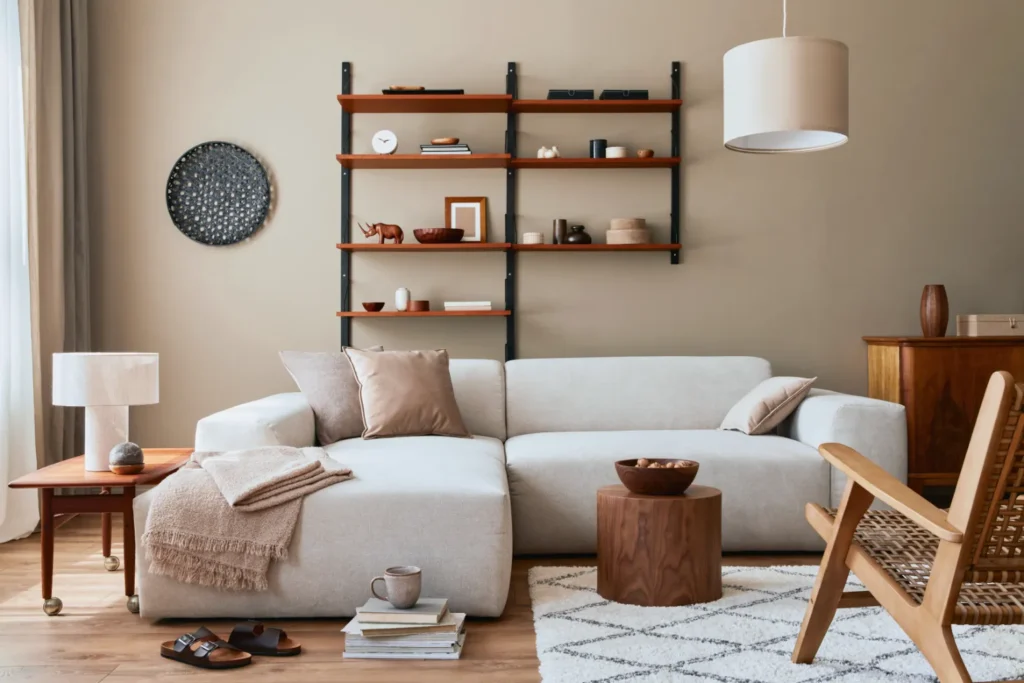
From the tactile embrace of textures to the soothing notes of curated soundscapes, we’ve witnessed the evolution of interior design into a multi-sensory art form. Each element, meticulously chosen, contributes to the emotional resonance and well-being of inhabitants. The aroma of eucalyptus in a spa-like bathroom, the visual feast of a thoughtfully designed kitchen, and the comforting touch of ergonomic furniture all play a vital role.
Practical tips empower homeowners to embark on their multisensory journey, whether through engaging in DIY projects or collaborating with design professionals. The goal is clear: crafting living spaces that transcend the ordinary, resonating with the essence of what makes a space truly livable.
As we conclude this exploration, envision your home not just as a shelter but as a canvas where every sense is considered—an orchestrated masterpiece that invites you to see, touch, hear, smell, and taste the beauty of thoughtful design. Within this orchestration of the senses, your home transforms into a haven—a mirror reflecting your distinct essence and a perpetual wellspring of joy and inspiration.
The White Frame is not just another interior design and build firm, we are proud to offer you professional service levels of global standards and deep respect for both contemporary and traditional interior design, Headquartered in Gurgaon, and extend our services across diverse cities, including Gurgaon, South Delhi, Delhi-NCR, North India, Mumbai, Chandigarh, Jaipur, and Agra.
Explore some of our work here!


